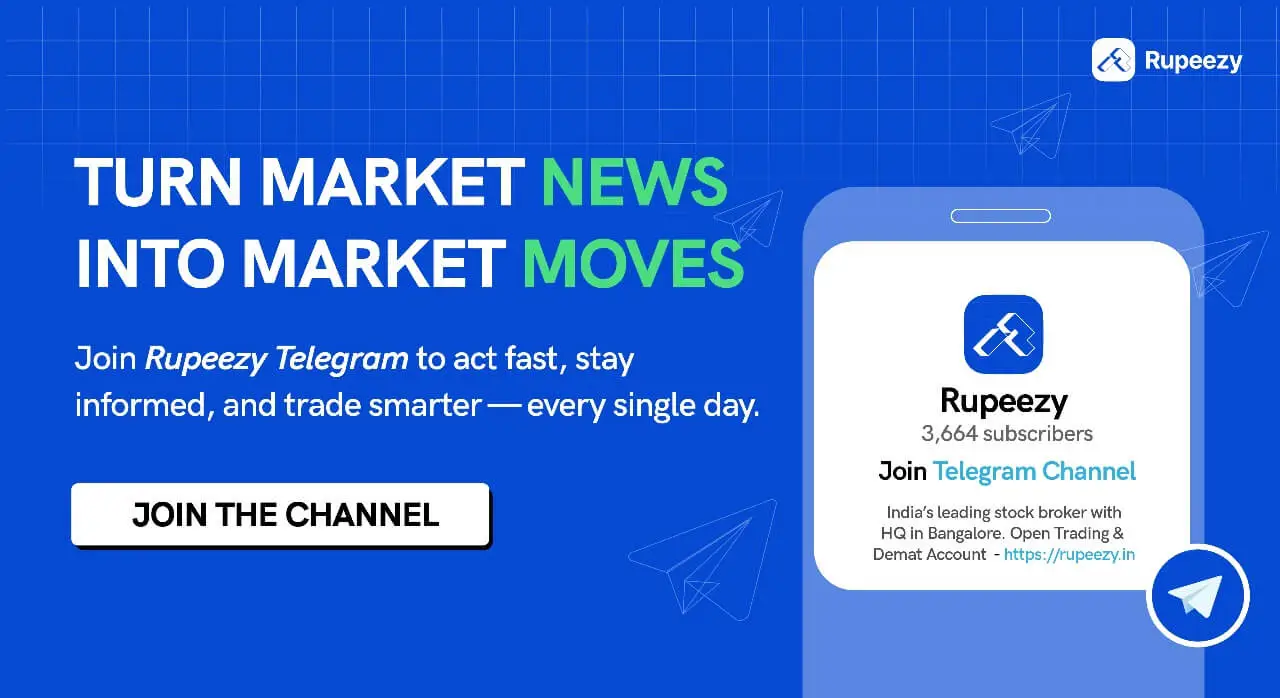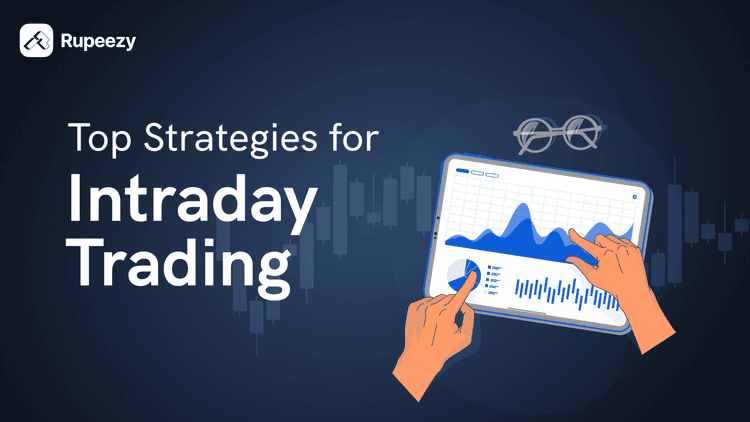Difference Between Intraday and Delivery Trading


00:00 / 00:00
When you’re new to the stock market, one of the first confusions you may face is whether to engage in intraday trading or delivery trading. Both have their pros and cons and understanding these can help you make an informed decision. In this blog, we’ll explore the basics of intraday and delivery trading, the key differences between intraday and delivery trading and which might be better suited for beginners. We’ll also touch on the difference between intraday and delivery in option trading. Let’s dive in!
What is Intraday Trading?
Intraday trading, also known as day trading, involves buying and selling stocks within the same trading day. The goal is to capitalize on short-term price movements. Traders square off all their positions before the market closes to gain quick profits and avoid any overnight risk.
In Intraday trading, investors can take advantage of trading margins. It is borrowed money loaned by brokers that helps investors increase their invested capital and multiply the potential profits.
Check out our blog “Advantages and Disadvantages of Intraday Trading” to learn more about Intraday Trading.
What is Delivery Trading?
Delivery trading, on the other hand, is buying stocks and holding them for two days or more. The investor can hold the shares for as long as they like, which can be days, weeks, months, years and also decades.
Difference Between Intraday and Delivery Trading
It’s important to clearly understand the difference between delivery and intraday trading to make the right trading decision that suits your needs and trading style.
Aspect |
Intraday Trading |
Delivery Trading |
|---|---|---|
Time Frame |
Trades are bought and sold within the same trading day. |
Stocks are held for a longer period, from days to years. |
Investment Strategy |
Speculative and short-term focused on quick profits |
Long-term wealth creation and capital appreciation. |
Risk and Return |
Higher risk and higher potential returns. However, losses can also be high due to leverage. |
Lower risk and stable long-term returns. |
Leverage |
Mostly involves the usage of borrowed funds to increase trading volume. |
Mostly done using one’s own capital. |
Trading Costs |
Higher due to frequent trading and associated fees. |
Lower as fewer trades are executed. |
Efforts Involved |
Requires close attention on market movements and quick decision-making. |
Requires periodic monitoring of the portfolio. |
Suitability |
More suitable for experienced investors and those looking for short-term quick profits. |
More suitable for beginners and those looking for stable long-term returns. |
Market Knowledge |
Requires in-depth knowledge of technical analysis skills. |
Requires in-depth knowledge of technical analysis if you plan to hold for the short term and in-depth knowledge of fundamental analysis for long term investments. |
Delivery vs Intraday: Which is Better for Beginners?
For beginners, delivery trading is generally a much safer and more advisable way. Here’s why:
- Lower Risk: Beginners can learn and grow at their own pace without the pressure of daily market fluctuations.
- Investment Growth: It aligns better with the principle of long-term wealth creation.
- Time Flexibility: Beginners are often young working individuals who have other commitments to build up a capital base, thus making delivery trading more suitable which does not require constant market monitoring.
- Learning Curve: Delivery trading allows new investors to understand market dynamics over time without the rush and stress of day trading.
However, this doesn’t mean intraday trading is off-limits. If you’re keen on practicing intraday trading, start slow and small, educate yourself thoroughly, and maybe even try paper trading (also known as simulated trading) before jumping into the game of real money. Rupeezy offers both intraday and delivery trading experience to all investors, either beginners or market experts catering to their trading needs in the best way possible.
Delivery Trading Best Practices
For those whose interest is skewed towards delivery trading, understanding the trading rules and strategies is crucial. Here are some key points:
- Do your Research and Analysis: In-depth research of the companies you’re investing in is important. Look at their financial health of both the company and the industry and the standings of the company in the industry.
- Look for Long-term Growth: Focus on long-term gains by holding stocks for a longer period waving through market fluctuations.
- Diversify your Investments: Spread out your investments across different sectors to reduce risk.
- Dividends: In delivery trading, investors are eligible for dividends and other shareholder benefits. Keeping an eye on companies yielding good dividends can add to your returns and result in long-term capital appreciation.
- Regular Check-Ins: Periodic check-ins on your portfolio are important to keep track of market fluctuations.
Intraday vs Delivery in Option Trading
Let’s move ahead with the difference between intraday and delivery in options trading. Options trading adds another layer of intricacy. Here’s how intraday and delivery trading differ in this context:
Intraday Option Trading: It involves squaring off positions. Options trading provides high leverage which can lead to higher potential gains or losses. Intraday options traders use different technical indicators and analysis tools to track market conditions such as volatility, volume etc. to determine the strike price and expiration date of options. Intraday options trading can be extremely risky due to the volatility and time decay of options, however, it holds good potential to generate high returns.
Delivery Option Trading: In this trading model, positions can be held until the option’s expiration date. Investors take delivery of the underlying asset and hold the option contract for a longer period. It’s less risky, mainly if used for hedging (risk management strategy) the existing positions. It is suitable for investors looking to leverage their positions for the long term.
To learn more about Options Trading, check out our blog “Options Trading for Beginners“
Conclusion
Both intraday and delivery trading have their spots in the stock market. The choice between intraday or delivery stocks trading depends on investment goals, risk tolerance, and time commitment. For beginners, delivery trading typically offers a safer and more practical start to trading. Rupeezy provides a user-friendly and structured platform to engage in intraday or delivery trading offering multiple benefits of opening an account with the Rupeezy App. Whichever path you choose, ensure you have a clear strategy, understand the risks involved, and continuously educate yourself to improve your trading skills.
The content on this blog is for educational purposes only and should not be considered investment advice. While we strive for accuracy, some information may contain errors or delays in updates.
Mentions of stocks or investment products are solely for informational purposes and do not constitute recommendations. Investors should conduct their own research before making any decisions.
Investing in financial markets are subject to market risks, and past performance does not guarantee future results. It is advisable to consult a qualified financial professional, review official documents, and verify information independently before making investment decisions.
Open Rupeezy account now. It is free and 100% secure.
Start Stock InvestmentAll Category









